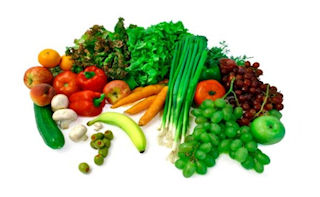|
Vitamin D
Good sources of vitamin D
From about late March/early April to the end of September, most people should be able to get all the vitamin D they need from sunlight. The body creates vitamin D from direct sunlight on the skin when outdoors.
But between October and early March we don't get enough vitamin D from sunlight.
Vitamin D is also found in foods.
Raw Milk (21% DV)
Eggs (8% DV)
Portabella Mushrooms (Exposed to Sunlight) (163% DV)
Brown or Crimini Mushrooms (Exposed to Sunlight) (153% DV)
White Button Mushrooms (Exposed to Sunlight) (123% DV)
Shiitake Mushrooms (Exposed to Sunlight) (7% DV
Orange Juice (17% DV)
Cereals (17% DV)
Almond Milk (18% DV)
Soymilk (19% DV)
Tofu (21% DV)
Yogurt (Low-Fat) (21% DV)
Top Health Benefits of Vitamin D
Weight management
Vitamin D deficiency has been connected to obesity and difficulty losing weight. One study found that women who had higher levels of vitamin D on a calorie-controlled diet lost more weight than those with lower levels of the vitamin.
At this time, it is unclear if vitamin D deficiency causes obesity or if obesity leads to vitamin D deficiency. Overall, if you are having difficulty losing weight, you may want to consider getting your vitamin D level checked.
Nervous system and Cancer
Several studies have shown that people with lower levels of vitamin D perform poorly on standardized exams, may have poor decision making skills, and have difficulty with tasks that require focus and attention.
Also, several studies have found that healthy levels of vitamin D reduce cancer risk especially for cancer of the colon and breast.
Bone and Muscle Health
Consuming more high vitamin D foods plays a key role in calcium absorption and helps keep bones strong. It may also help maintain healthy muscles throughout life. Older adults with adequate vitamin D levels are more likely to be active, have improved muscle strength, and are less prone to falls.
DV is (Daily Value)
|

